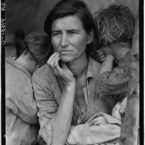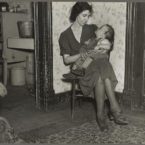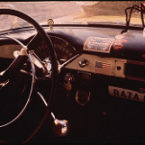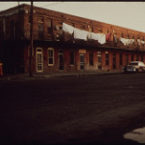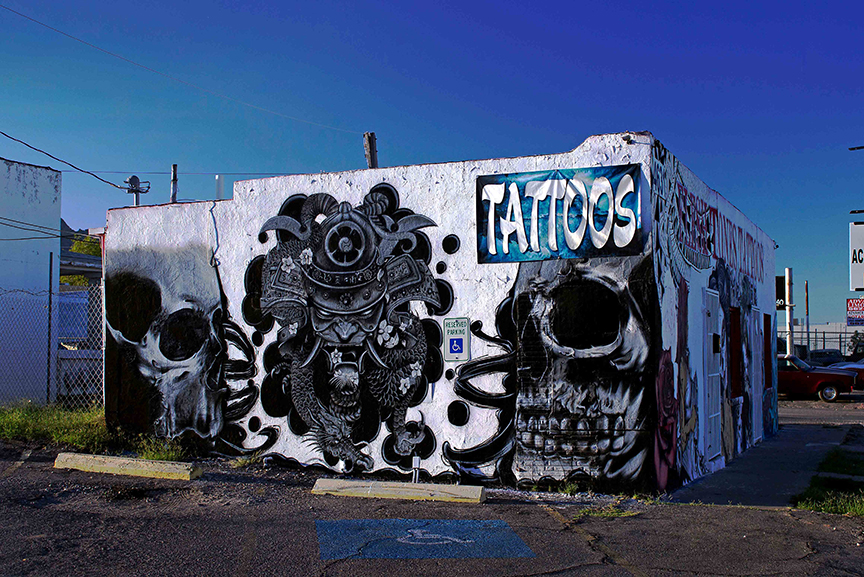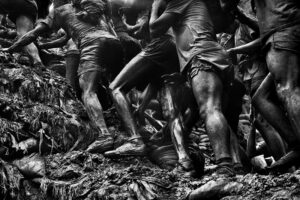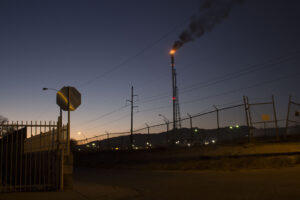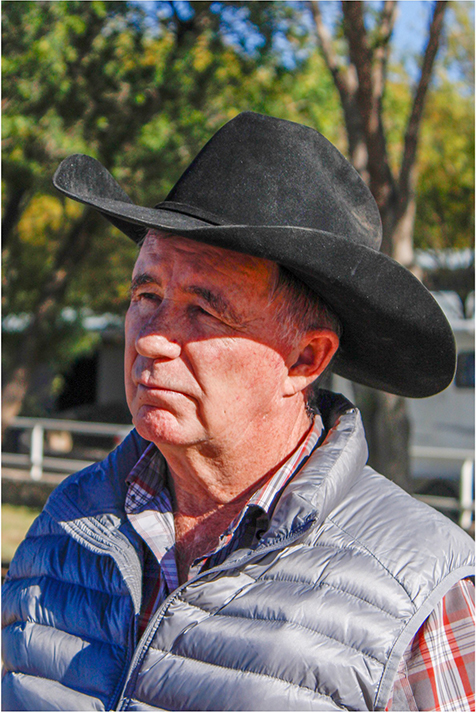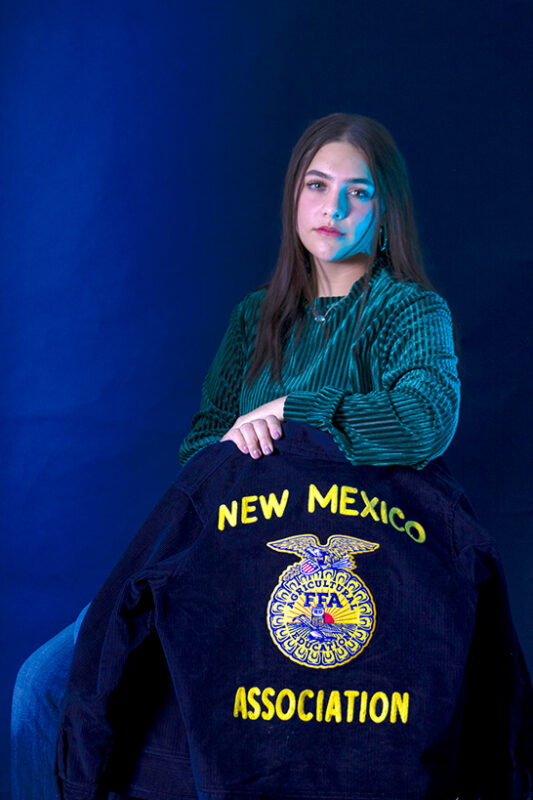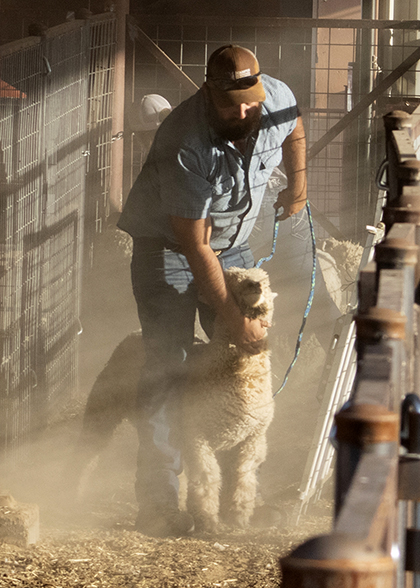DOCUMENTARY PHOTOGRAPHY PAPER
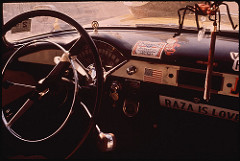
As someone who has taken a photojournalism course, I can tell you that it is not the same to documentary photography. Last semester, I was asked to define photojournalism and I gave it the definition of shooting pictures with the purpose of telling a story. As a journalist, our main priority will always be story-telling along with truth-telling. Documentary photography is very similar, but it makes a photographer to go deeper into a subject and document literally everything. It allows a viewer to be transported to where and when certain photos were taken. Two projects: The Farm Security Administration Photo Collection and Documerica, looked to document the effects of President Roosevelt’s New Deal and the moments following.
The Farm Security Administration Photo Collection was created in 1939 and lasted until 1944 which in the time span produced approximately 1,600 photographs that ranged in size and color. The photo collection was used to showcase rural areas, farm life and the effects of industrialization after World War II. Each photo represented the part of the New Deal that would get farmers back to work and get women in factories to help America grow and make a comeback after the Great Depression of 1929.
After the Farm Security Administration, Roosevelt created another program, the Resettlement Administration, to help farmers and their families even more. The director of RA, Rexford Tugwell took it upon himself to find a way to create publicity and therefore recruited Roy Stryker, a college economics instructor, to direct the FSA project. Stryker was able to work with many photographers such as Walker Evans, Dorothea Lange, Ben Shahn, Jack Delano, Russell Lee and many others.
Of all the photographers, I believe Dorothea Lange was the most influential in her work. Dorothea took a black and white photo of a desperate mother and two of her children hoping for a brighter future and more food. Lange went on to name the photo “Migrant Mother” and became one of the most memorable photos of the 1930’s and established Lange’s name as a photographer. The “Migrant Mother” gives a clear definition about what documentary photography is all about. The mother, Florence Owens Thompson, was in no condition, let alone mood to be photographed so personally. Her strengths and weaknesses as a mother were instantly exposed. There was hardly anything she could do for her seven children, but she kept her poise as two of her children held her and hoped along with their mother that things would get better. Lange needed to dive into the uncomfortable situation to represent the mother as best as she could so every viewer could feel Thompson’s pain and hopefulness.
Another photographer that was a part of the FSA photo project was Russell Lee. Much like Dorothea Lange, Lee was all about capturing the human condition. Of all the photos he captured, there was one that stood out. Lee captured a moment where a mother held her son and they seemed to be smiling at each other. In the rest of the photo, the conditions they’re living in can be seen. The wooden door looks very rickety and old and you can see rusty buckets in the background as well. I like that Lee tried to show that even though their living conditions weren’t exactly perfect, happiness is still possible. All you need to be happy is love and family.
Almost 30 years later, another documentary photo project was born. Documerica began in the early 1970’s. The Environmental Protection Agency had just launched and needed photographers to capture how the environment looked currently so future EPA leaders could view the various environmental problems and triumphs of the past. Heavily influenced by the FSA Photo Project, Documerica set out to capture “the human connection” as explained by the project director, Gifford Hampshire.
Documerica was created using the works of about 70 photographers including, John H. White, Lyntha Scott Eiler, Danny Lyon and John Corn all of which completed 115 separate assignments in respects to the project. Once it was put together, Documerica was separated into three separate sections: “Ball of Confusion”, “Everybody Is a Star” and “Pave Paradise”.
The first section, “Ball of Confusion” brought many environmental and political issues as well as an introduction to a new social reality which included gender equality, abortion and gay rights. “Everybody Is a Star” brought Woodstock to the camera lens by showcasing self-expression in all its glory, bell bottoms and all leading to a newfound appreciation for ethnic and cultural diversity. “Pave Paradise” became all about the landscape of America and the various differences between the suburbs and the inner cities.
The photographer that stood out the most was Danny Lyon who helped captured many of his photos in my hometown, El Paso, Texas. Lyon captured many of his photos in the “Segundo Barrio” in El Paso which showed poverty and also the cultural diversity of Chicanos. Looking through the collection, I recognized many of the buildings, but one photo captured my attention. Taken in June of 1972, Lyon photographed the dashboard from the inside of what seems like either a Volkswagen Beetle or a lowrider. There were many stickers on the dash including an American flag and a large bumper sticker that read “Raza Is Love” meaning race is love.
Chicanos referred to themselves as “La Raza” fighting for Mexican-American rights therefore the sticker has much more of a meaning. It meant that Chicanos needed to stand together to get to where they wanted and live in peace. Back then, Chicanos weren’t believed to achieve an education, but all of that is dismissed with the graduation tassel that hangs from the front view mirror above the sticker.
Danny Lyon captured many great photos and really helped capture what El Paso is all about. I found a photo that was taken also in June of 1972. The photo showed a two-story apartment complex and on the top floor there was a clothesline holding sheets and other laundry. In the bottom of the photo, there was a caption that said El Paso was becoming urbanized. Almost 46 years later, El Paso has become more urbanized and modern, but that same apartment complex is still there. It didn’t give way to urbanization and stayed true to its roots. I just felt the caption was ironic in the fact that the building hasn’t changed and hasn’t been demolished or remodeled by the looks of it.
The FSA photo project and Documerica helped pave the way for all aspiring photographers. They taught us how to truly document a place and multiple people from different backgrounds. It’s all about sticking to a place through night and day and show every aspect you can. Your photographs should be able to speak for themselves without needing a caption. Dorothea Lange, Russell Lee and Danny Lyons each helped to capture amazing photos and allowed us to view through the “American” lens.
Sources:
https://www.loc.gov/rr/program/journey/fsa.html
https://www.loc.gov/pictures/collection/fsac/about.html
https://www.archives.gov/files/atlanta/education/depression-curriculum/section-2.pdf
http://www.loc.gov/pictures/collection/fsa/sampler.html
https://www.loc.gov/rr/print/list/128_migm.html
https://www.epa.gov/history/historical-photos-and-images
http://sitesarchives.si.edu/exhibitions/exhibits/documerica/index.htm
https://www.flickr.com/photos/usnationalarchives/3887462191/in/album-72157622119614829/
